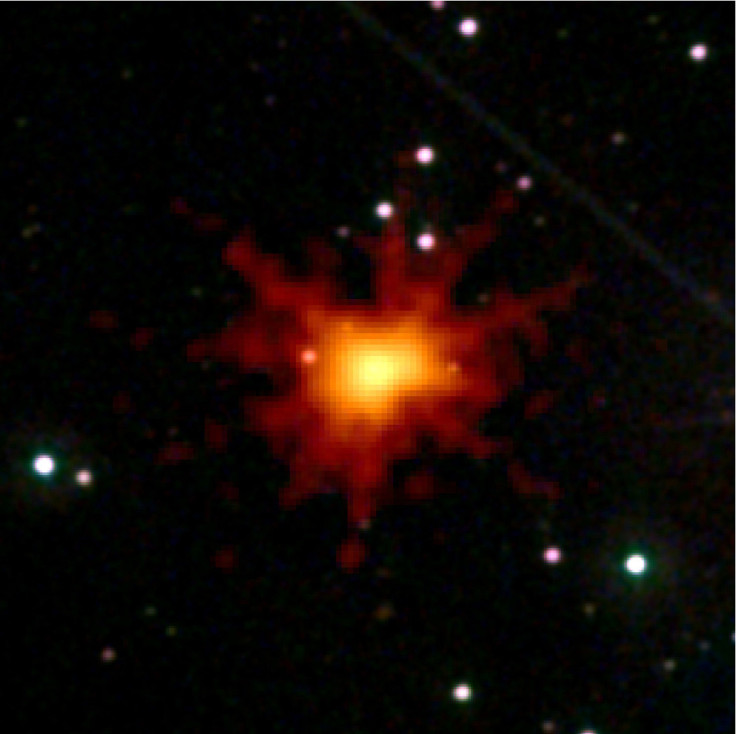Scientists Discover New Populations Of Exploding Radio Stars That Are Instantly Killed By Black Hole Birth

Scientists have found that a new type of exploding star dies completely by exhausting all its energy in one single energy burst before collapsing into a black hole.
According to a new research by astronomers at the Centre for All-Sky Astrophysics at Curtin University and the University of Sydney, these new populations of exploding star use all their energy to emit one strong last beam of high radiation, known as gamma-ray burst, before collapsing into a black hole.
The research, which originally set out to prove the existing theory that gamma-ray bursts are always followed by a radio afterglow, discovered that the premise was wrong, and birth of black holes kill a new type of exploding star.
"After studying an ultra-sensitive image of gamma-ray bursts with no afterglow, we can now say the theory was incorrect and our telescopes have not failed us," Paul Hancock, lead researcher of the paper, said in a statement.
The researchers used a technique of stacking 200 separate observations on top of each other to re-create the image of a gamma-ray burst in much better quality, but the image depicted no signs of radio afterglow.
“In our research paper we argue that there must be two distinct types of gamma-ray burst, likely linked to differences in the magnetic field of the exploding star,” Hancock said.
“Gamma-ray bursts are thought to mark the birth of a black hole or neutron star – both of which have super-dense cores. But neutron stars have such strong magnetic fields (a million times stronger than those of black holes) that producing gamma-rays are more difficult.”
The researchers said that those stars that collapse to form a neutron star have energy left over to produce the radio afterglow, while those that become black holes put all their energy into one final powerful gamma-ray flash.
According to scientists, gamma-rays are the most energetic form of light and they generally contain energies in the million-electron-volt (MeV) range, or nearly 500,000 times the energy of visible light.
Researchers said that new work is required to test and verify the team’s findings, adding that the findings give them a whole new look to understand gamma-ray bursts.
“So far this work has shown that being wrong is sometimes more interesting than being right,” Hancock said.
© Copyright IBTimes 2024. All rights reserved.












